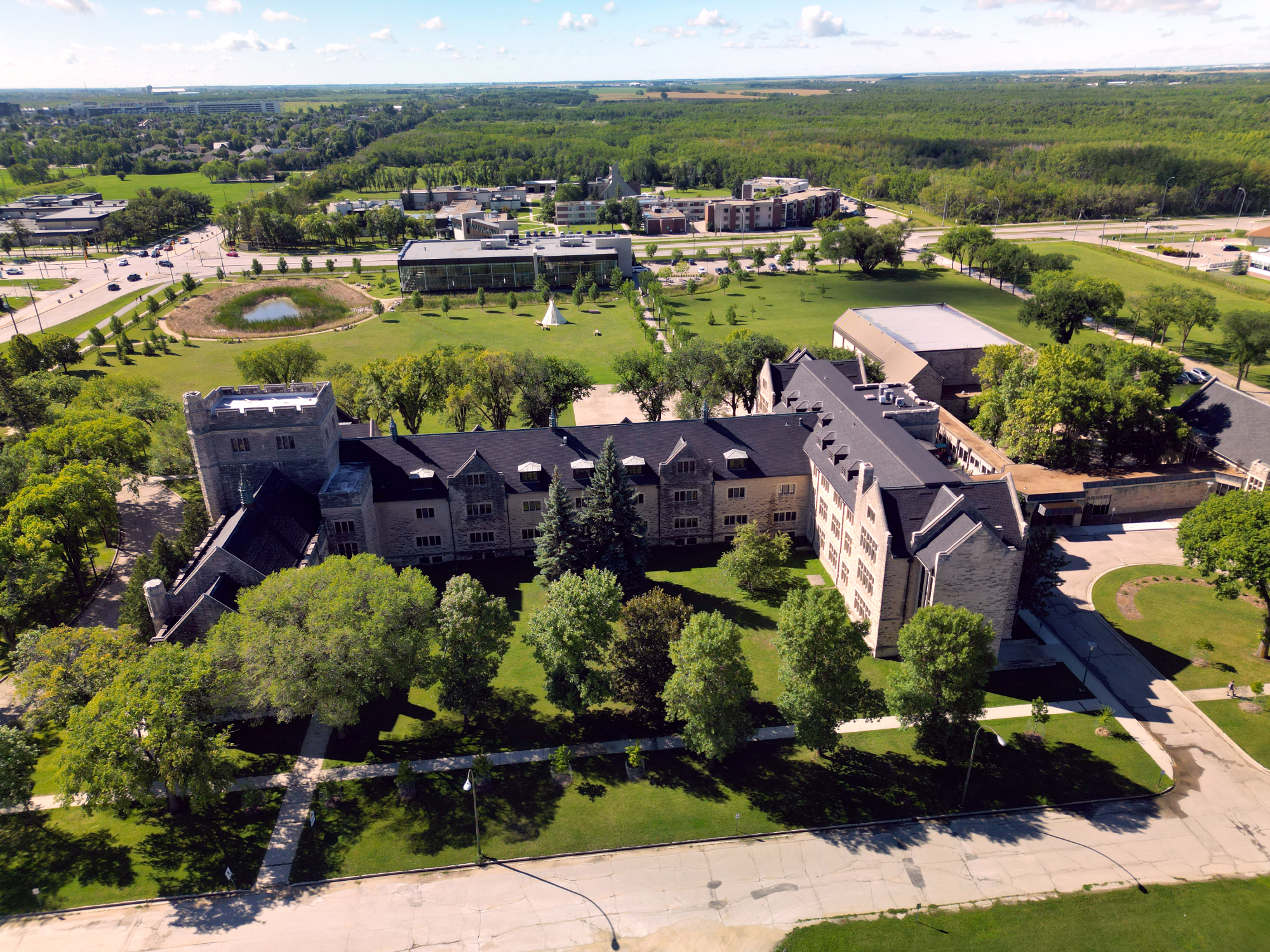News and Releases

Stories
Mennonite Heritage Archives part of groundbreaking storytelling project
Thursday, November 12, 2020 @ 1:25 PM | Stories
When we think of preserving history in archives, our first thoughts might be of digging through boxes of grandma's things in the attic or leafing through yellowing photo albums. But that is not the whole picture.
The Mennonite Heritage Archives (MHA), located on CMU's campus and supported by CMU, is calling on Mennonites and Anabaptists to share their experiences during the remarkable historical, biological, and social events of 2020 as part of Anabaptist History Today (AHT), a groundbreaking collaborative storytelling project.
AHT was launched in the summer of 2020 and is the first large-scale, collaborative digital project of its kind in the Anabaptist community. The MHA is one of sixteen North American Anabaptist archives and history organizations participating in the project, led by Mennonite Church USA Archives and Lancaster Mennonite Historical Society.
It can often take decades for stories to reach the archives, but AHT is using crowdsourcing to capture history being made right now, from COVID-19 to the Black Lives Matter movement to climate change. The online form that guides people through uploading their contributions is easy to use and empowers the average person to create a lasting record that will be stored in the archives.
The MHA invites individuals, congregations, schools, and organizations to tell their stories of living during these changing times. Contributors can share their experiences through a variety of media, including videos, audio recordings, photos, journal entries, artwork, poetry, and personal reflections.
At the time of this article's publication, 33 records had been submitted to the project so far. Conrad Stoesz, Archivist at the MHA, hopes the website will continue to receive more contributions to get a broad perspective of how Mennonites are experiencing life during these unprecedented times.
Stoesz has already entered multiple submissions, including two photos of CMU from March 2020. One shows an empty Marpeck Commons, with tables spread far apart and a lone chair seated at each table. The other depicts the CMU chapel set up for physical distancing in preparation for a staff gathering.
He hopes the AHT project will raise awareness about the important work heritage institutions continue to do in our world today. To learn more, visit https://aht.libraryhost.com/s/archive/page/Welcome.
 CMU Chapel arranged to provide physical distancing, as captured by Conrad Stoesz, Archivist at the MHA.
CMU Chapel arranged to provide physical distancing, as captured by Conrad Stoesz, Archivist at the MHA.(photo: Conrad Stoesz)
KEYWORDS: Mennonite Heritage Archives, archives, MHA



 Print This Article
Print This Article